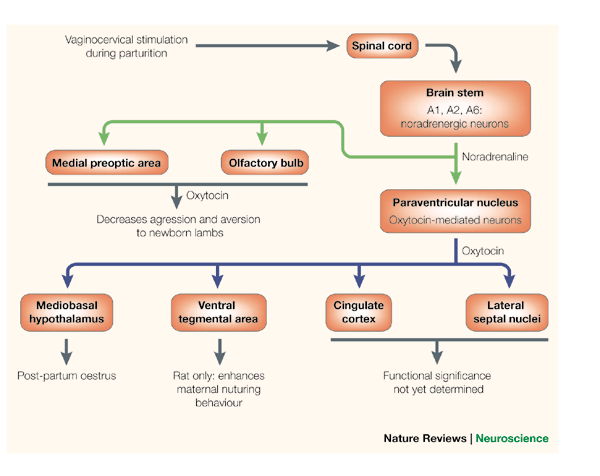

 Not able to depend on partner or allow partner to “lean on” them independence is a priority. Equates intimacy with loss of independence prefers autonomy to togetherness. Emotionally distant and rejecting in an intimate relationship keeps partner at arm’s length partner always wanting more closeness ” “deactivates” attachment needs, feelings and behaviors. Sensitive, warm and caring parent attuned to child’s cues and needs children are securely attached. Insight, resolution and forgiveness about past relationship issues and hurts. Manages emotions well not overly upset about relationship issues. Communicates emotions and needs honestly and openly attuned to partner’s needs and responds appropriately does not avoid conflict. Trusting, empathic, tolerant of differences, and forgiving. Accepts partner’s need for separateness without feeling rejected or threatened can be close and also independent (“dependent–independent”). Depends on partner and allows partner to depend on them is available for partner in times of need. Comfortable in a warm, loving and emotionally close relationship. It is common for adults to have a combination of traits rather than fit into just one style. The outline below explains the four adult attachment styles the behavioral, cognitive and social aspects of each style and the way in which they differ regarding closeness, dependency, avoidance and anxiety. I worry I will be hurt if I get close to my partner.” “I am uncomfortable getting close to others, and find it difficult to trust and depend on them. Uncomfortable with intimacy, and worried about partner’s commitment and love. My inordinate need for closeness scares people away.Īnxious and Avoidant: High on avoidance, high on anxiety. I often worry that my partner doesn’t love or value me and will abandon me. “I want to be extremely emotionally close (merge) with others, but others are reluctant to get as close as I would like. Crave closeness and intimacy, very insecure about the relationship. My partner wants me to be more intimate than I am comfortable being.”Īnxious: Low on avoidance, high on anxiety.
Not able to depend on partner or allow partner to “lean on” them independence is a priority. Equates intimacy with loss of independence prefers autonomy to togetherness. Emotionally distant and rejecting in an intimate relationship keeps partner at arm’s length partner always wanting more closeness ” “deactivates” attachment needs, feelings and behaviors. Sensitive, warm and caring parent attuned to child’s cues and needs children are securely attached. Insight, resolution and forgiveness about past relationship issues and hurts. Manages emotions well not overly upset about relationship issues. Communicates emotions and needs honestly and openly attuned to partner’s needs and responds appropriately does not avoid conflict. Trusting, empathic, tolerant of differences, and forgiving. Accepts partner’s need for separateness without feeling rejected or threatened can be close and also independent (“dependent–independent”). Depends on partner and allows partner to depend on them is available for partner in times of need. Comfortable in a warm, loving and emotionally close relationship. It is common for adults to have a combination of traits rather than fit into just one style. The outline below explains the four adult attachment styles the behavioral, cognitive and social aspects of each style and the way in which they differ regarding closeness, dependency, avoidance and anxiety. I worry I will be hurt if I get close to my partner.” “I am uncomfortable getting close to others, and find it difficult to trust and depend on them. Uncomfortable with intimacy, and worried about partner’s commitment and love. My inordinate need for closeness scares people away.Īnxious and Avoidant: High on avoidance, high on anxiety. I often worry that my partner doesn’t love or value me and will abandon me. “I want to be extremely emotionally close (merge) with others, but others are reluctant to get as close as I would like. Crave closeness and intimacy, very insecure about the relationship. My partner wants me to be more intimate than I am comfortable being.”Īnxious: Low on avoidance, high on anxiety. 
It is very important that I feel independent and self-sufficient.

I find it difficult to trust and depend on others and prefer that others do not depend on me. “I am uncomfortable being close to others. Uncomfortable with closeness and primarily values independence and freedom not worried about partner’s availability. I don’t worry about being abandoned or about someone getting too close to me.”Īvoidant: High on avoidance, low on anxiety. “It is easy for me to get close to others, and I am comfortable depending on them and having them depend on me. Comfortable with intimacy not worried about rejection or preoccupied with the relationship. Secure: Low on avoidance, low on anxiety. The outline below describes four adult attachment styles regarding avoidance, closeness and anxiety - and prototypical descriptions of each. The third is anxiety, or the extent to which people worry their partners will abandon and reject them. The second is dependence/avoidance, or the extent to which people feel comfortable depending on others and having partners depend on them. The first dimension is closeness, meaning the extent to which people feel comfortable being emotionally close and intimate with others. There are three primary, underlying dimensions that characterize attachment styles and patterns. expectations about their partner and the relationship (internal working models).ability to communicate their emotions and needs, and listen to and understand the emotions and needs of their partners.how they perceive and deal with closeness and emotional intimacy.The four child/adult attachment styles are:Īdults with these attachment styles differ in a number of significant ways: Four distinct styles of attachment have been identified - and perhaps recognizing yourself in one of them is the first step toward strengthening your relationships. How you attach to other adults strongly corresponds with how you attached to others as a child.








 0 kommentar(er)
0 kommentar(er)
